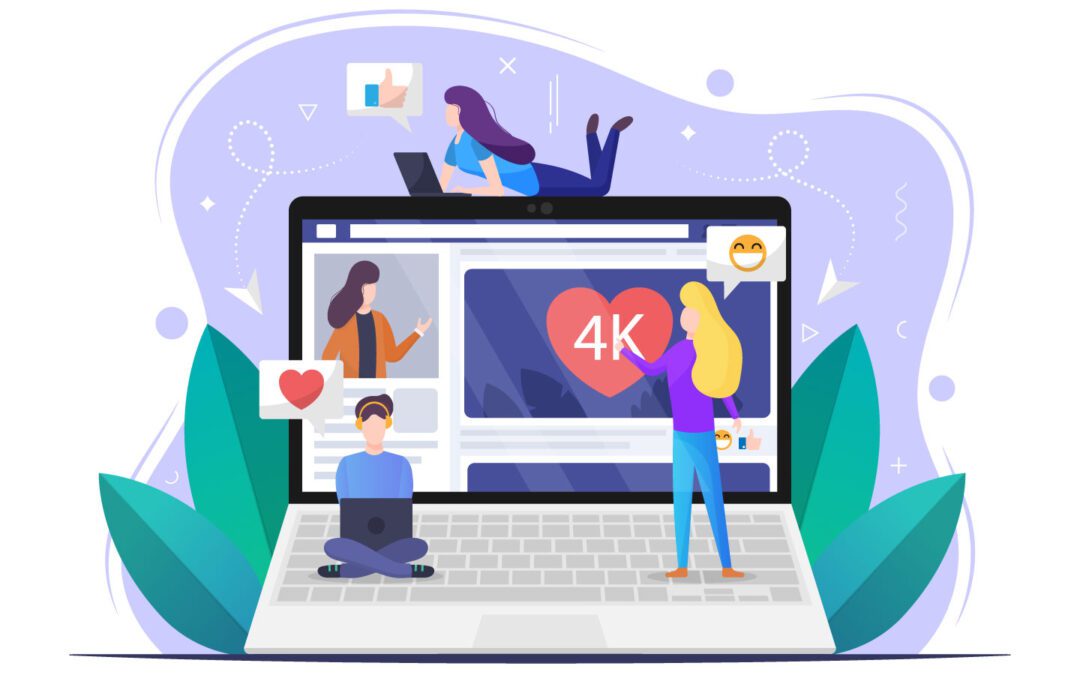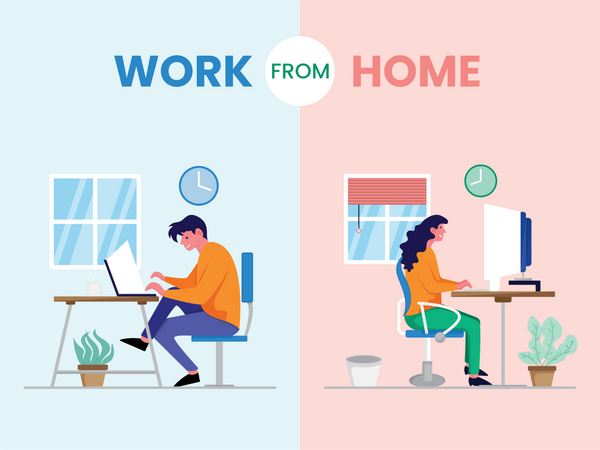If you have been reading our recent posts, you might find this post particularly interesting. As a part of our ‘personal branding’ series, we bring to you the third post on some of our favorite personal brands, through which we illustrate good practices in personal branding.
What is personal branding? Simply put, it is about “brand you”! Personal branding is nothing but using the forms of social media (which you already use) with the specific purpose of promoting your interests and outlook. If you are doing it for your homegrown business/ initiative you would have a very clear purpose. Similarly, in case you are doing it only for yourself and not a specific initiative, it would be more of your views and ideologies about things you believe in.
Personal branding done right can trigger a positive influence in a bigger way than you can imagine. What do we mean? Have a look at the following personal branding examples – some big, some small, a mix of organisations and individuals. But what is common amongst them all is the terrific value they add to the most popularly abused, and the most easily available resource – social media.
This online platform is your gateway to mindfulness. “It is about the mindful life”, is their tagline, and they couldn’t have described themselves more accurately. Elephant Journal started as a magazine in 2002. Through their journey they realized that the brand would survive and grow better in the online realm (it was also a conscious, mindful decision made to save paper and ink). Through consistent efforts via the content they curate, they have been able to amplify their reach like never before.
What makes this platform a go-to place for mindfulness aspirants and practitioners is the outlook they perceive towards everyday life and things through a lens of mindfulness. “The mindful life is about yoga, organics, sustainability, conscious consumerism, enlightened education, the contemplative arts, adventure, bicycling, family…everything. But mostly it’s about this present moment, right here, right now, and how we can best be of benefit, and have a good time doing so.”
A good personal brand is one which is able to maintain a consistency in their content and also generate content which speaks whatever the current language is, yet in a tone and manner which is distinct to the personal brand. Elephant Journal is an excellent example of this rule for personal branding.
They describe themselves as – “India’s leading provokers of unfiltered conversation. For the urban Indian who cannot be confined.” We only need to look homeward to realize that we are living in an age of censorship. The political and social climate of our country by and large has been extremely intolerant, and one that gags (quite literally) any voice of dissent. Platforms such as Homegrown are a challenge to such intolerance by generating media which is unafraid to speak up, and speak out.
What distinguishes Homegrown as an exceptional personal brand is their passion to bring out content that is not mainstream – across genres of culture, politics, fashion, food or lifestyle. Homegrown is also a great example of how networking makes all the difference for the success of personal brands. A lot of their content is based on collaborations with other artists / brands/ individuals in the form of features. The brand focuses on constantly diversifying and playing with the content that it generates, yet keeping its core values and principles in tact.
Probably one of the best examples of how personal branding makes a big difference even at a micro level. It started as a humble project by New York photographer Brandon Stanton in 2010, with the aim of photographing 10000 New Yorkers, to create an “exhaustive catalog of the city’s inhabitants.” Today, seven years down the line, the Humans of New York team (yes, from an individual to a team!), is bringing to us deeply moving stories from 20 different countries, and has published 2 best selling books!
The HONY story is a goal as far as personal branding goes. One of the golden rules of personal branding is bringing out a story through the brand. To remember that what you are marketing should be seen as an extension of you. And that itself becomes the unique selling point (USP) for the service or product you are putting out. Your branding strategy should have a voice, which should be no one else’s but yours. It should speak about what you believe in, and what you don’t believe in. And how these ideologies connect with whatever you are trying to sell. While that sure may be a challenge, the HONY example has shown us how it is to be done.
Idalia Candelas is an illustrator from Mexico. The series she is most famous for is the A Solas series of illustrations, in which she captures through strikingly beautiful art, how living alone can be an empowering and enabling experience for women. Her art goes against the popular notion of how heartbreaking it is for a woman to be on her own, and the popular characterization of “lonely”. Her art expresses beautifully without any words, that there is a difference between loneliness and solitude. “I like to show women who exist in solitude but do not suffer”, is how she describes these illustrations.
Though you can’t call this a very mainstream example of personal branding, the reason why we have this on our list is to make that exact point. Don’t worry about your personal brand making it to the mainstream. Focus more on your unique reason to have the brand you want, and have it reflect through the work you put out. While it may take a bit longer to gain traction than the other seemingly ‘more popular’ brands, your uniqueness will contribute to building a solid foundation for your brand in the longer run.
What helps these personal brands get the reach they have today? It is their focus on building a story through building a brand, but more than that, the focus that personal branding is really brand “you”. While each of these examples are under the category of personal brands, it is still apparent how very different they are from one another. Another commendable quality for all these brands above is the essence of responsibility they carry through their voice. What also makes these brands successful is their adherence to the five golden rules of personal branding:
- Remember it is not just about the product, it is also about you.
- Being responsible in the kind of content you curate and generate.
- Utilizing the maximum potential of social media.
- Networking
- Investing
(To know more, read here)
Personal branding is one of the most powerful forms of marketing that exists in the modern time and day. It is an opportunity to create a visibility and a unique identity for ideas, principles and and values you believe in – in whatever way you choose to put it out there.
Need more reasons why personal branding is so powerful? We leave you with these statistics on the value of personal branding:
- “When brand messages are shared by employees on social media, they get 561 percent more reach than the same messages shared by the brand’s social media channels.
- Brand messages are re-shared 24 times more frequently when posted by an employee versus the brand’s social media channels.
- On average, employees have 10 times more followers than their company’s social media accounts.
- Content shared by employees receives 8 times more engagement than content shared by brand channels.
The bottom line is that we trust people more than we trust brands, and we engage with people more than we engage with brands.” And in that lies the power of ‘personal branding’, no matter who you are, or what your objective may be.





